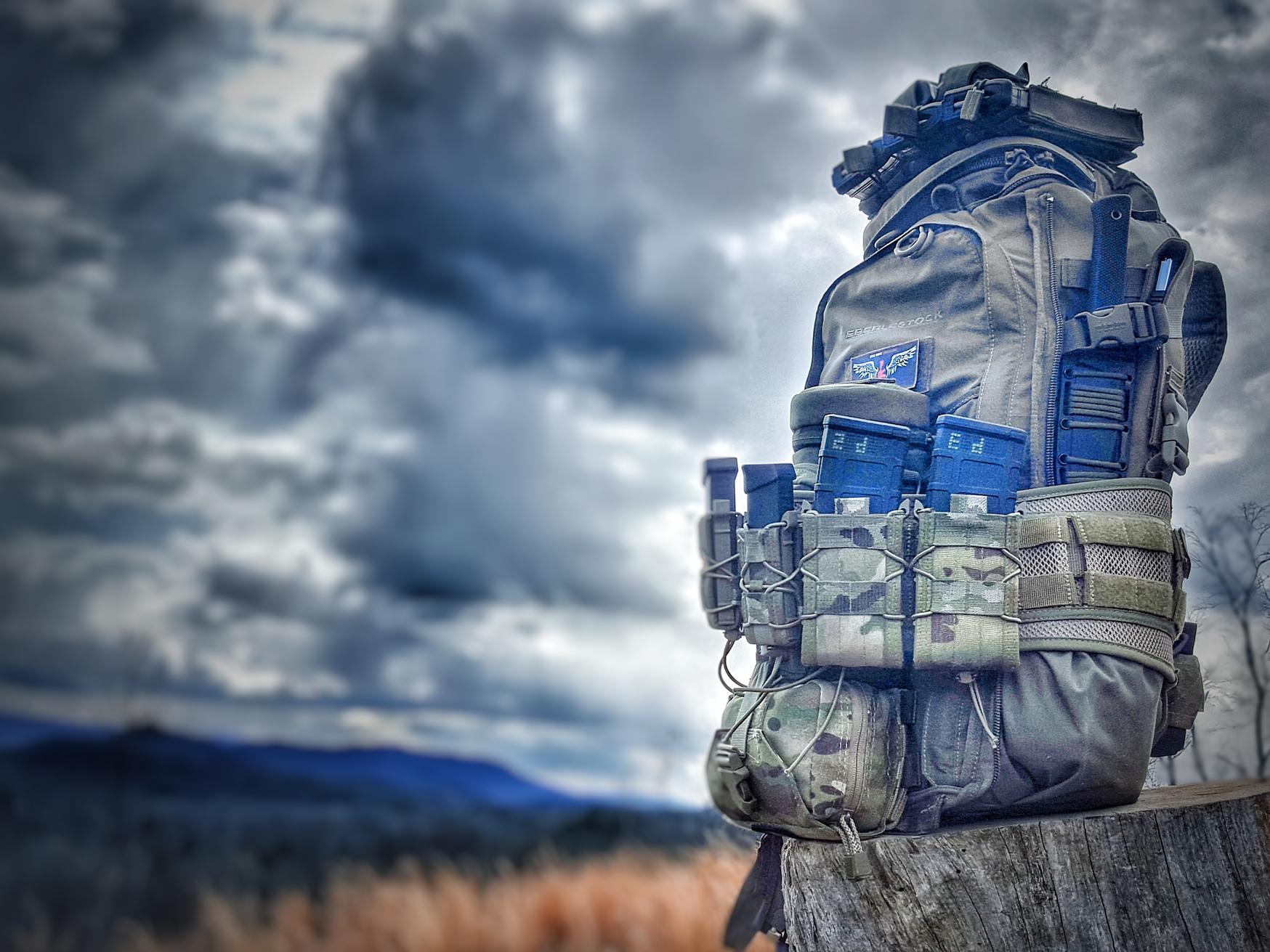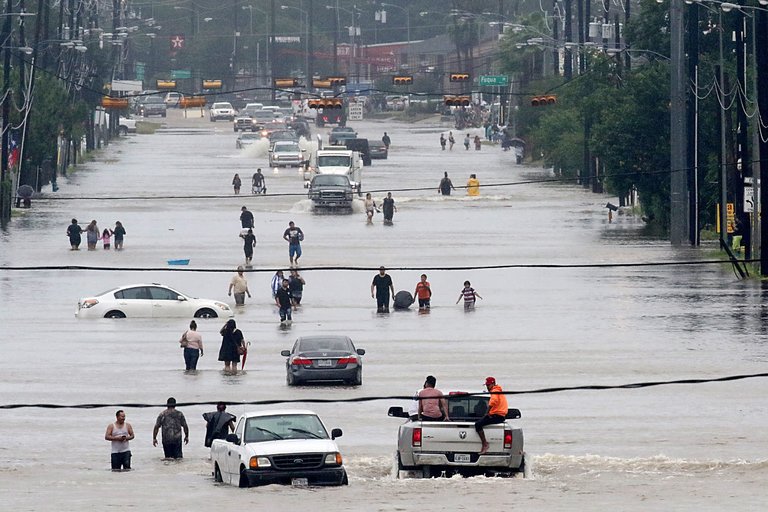Should I Bug Out or Survive in Place?- Part 2, by Jonathan Hollerman
…themselves into believing that it is safe for their family to stay in suburbia. If you wait till things get “too bad”, then travelling on the open road with your bug out bags or a vehicle laden with food and supplies makes you a target of opportunity. So, am I saying that you have to bug out to survive a massive financial collapse? No. Yes. Maybe. What I’m implying is that it would be better to be safe than sorry. Isn’t that the whole point of prepping? If you designed your prepping plans around bugging out of the city to a safer location from the get-go, you won’t find yourself in the crappy scenario of sitting in your house while the city around you tears itself apart and wondering, “Did I wait too long to leave?” or “Is it too late to travel through town and get my family out…




